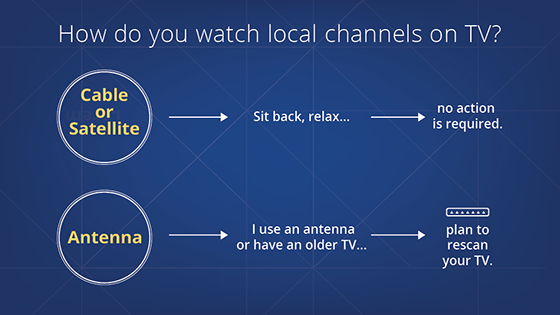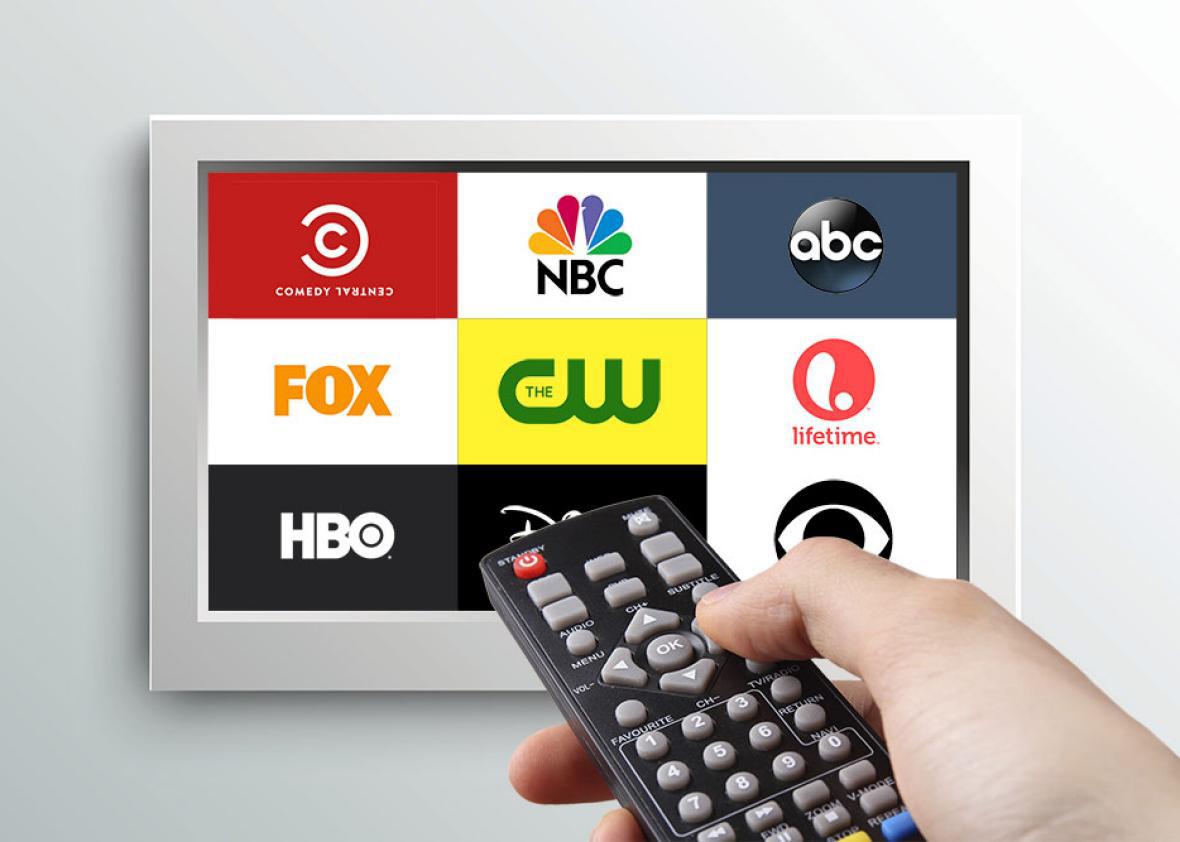5 Easy Facts About Apollo Group Tv Explained
5 Easy Facts About Apollo Group Tv Explained
Blog Article
The smart Trick of Apollo Group Tv That Nobody is Discussing
Table of ContentsApollo Group Tv Things To Know Before You BuyA Biased View of Apollo Group TvGet This Report about Apollo Group TvThe smart Trick of Apollo Group Tv That Nobody is Talking About
In this scenario, rather than having three-minute business areas throughout a 30-minute television program, TV shows may transform to one where a consumer will certainly be needed to have a month-to-month membership, to ensure that they cen view targeted banner ads. This kind of advertising and marketing already takes place on the net, and the amount of information tv business accumulate allows them to do similar.Explain the significant patterns among the broadcasting and cable networks. Popular radio shows such as police drama Dragnet and western cowboy collection Gunsmoke were adjusted for television, and new Television programs were funded by solitary marketers, just as radio programs had been.
Today, the television industry is much more complex. Programs are sponsored by multiple advertisers; shows is regulated by major media conglomerates; and the three significant networks no longer control the airwaves but rather share their audiences with various cable television networks. A number of elements make up these trends within the industry, including technical developments, federal government laws, and the development of brand-new networks.

8 Easy Facts About Apollo Group Tv Explained
Also public television has actually ended up being subject to the impact of advertising and marketing. Established in 1969, (PBS) established out of a report by the Carnegie Payment on Educational Tv, which analyzed the function of academic, noncommercial television on society. The record suggested that the federal government finance public television in order to supply diversity of shows throughout the network eraa service created "not to sell items" however to "improve citizenship and public service (McCauley, 2003)." Public tv was also meant to supply universal accessibility to television for audiences in rural areas or viewers that might not pay for to spend for private television solutions.
The period between 1950 and 1970 is traditionally recognized as the. Apart from a tiny part of airtime regulated by public tv, the 3 major networks (referred to as the Big Three) controlled the television market, collectively making up even more than 95 percent of prime-time viewing. In 1986, Rupert Murdoch, the head of multinational company Information Corp, launched the Fox network, testing the prominence of the Big Three.
Targeting young and minority target markets with shows such as Buffy the Vampire Killer, Moesha, Dawson's Creek, and The my website Wayans Bros., the brand-new networks intended to attract stations away from their old network associations. Nevertheless, rather than duplicating the success of Fox, UPN and WB had a hard time to make an influence. Incapable to bring in many affiliate stations, both recently established networks reached less homes than their bigger rivals since they were inaccessible in some smaller cities.
This choice paved the way for the growth of cord flick networks, adding to the rapid growth of cord in the 1980s and 1990s. apollo group tv. More deregulation of wire in the 1984 Wire Communications Plan Act eliminated constraints on cord rates, making it possible for drivers to charge what they desired for wire solutions as long as there worked competition to the solution (a standard that over 90 percent of all cable markets could satisfy)
The 20-Second Trick For Apollo Group Tv

Having created the first "superstation," Turner broadened his world by founding 24-hour information network CNN in 1980. At the end of the year, 28 nationwide programming services were available, and the cord change had actually started. Over the following years, the industry undertook a period of rapid development and appeal, and by 1994 customers could choose from 94 fundamental and 20 premium cable solutions.
Figure 9 - https://allmyfaves.com/apollogtv01?tab=Apollo%20Group%20TV.16 Enhanced competitors from wire channels has actually caused a consistent decline in the networks' audience rankings. Throughout the 1950s, the cost of creating a single television show increased as programs ended up being longer and manufacturing costs skyrocketed. Sponsorship on network television shifted from single sponsorship, in which a program was totally supported and created by one advertiser, to multiple sponsorship, in which marketers purchased 1- or 2-minute places on the show
Select one of the Big Four networks and publish out its regular programming timetable. Watch the network's prime-time programs over the course of a week, keeping in mind the target market for each show.
Little Known Facts About Apollo Group Tv.

Linear TV, frequently referred to as traditional program Television, incorporates wire and satellite television., assume of it as the classic method of enjoying Television that has been around for years.
Report this page